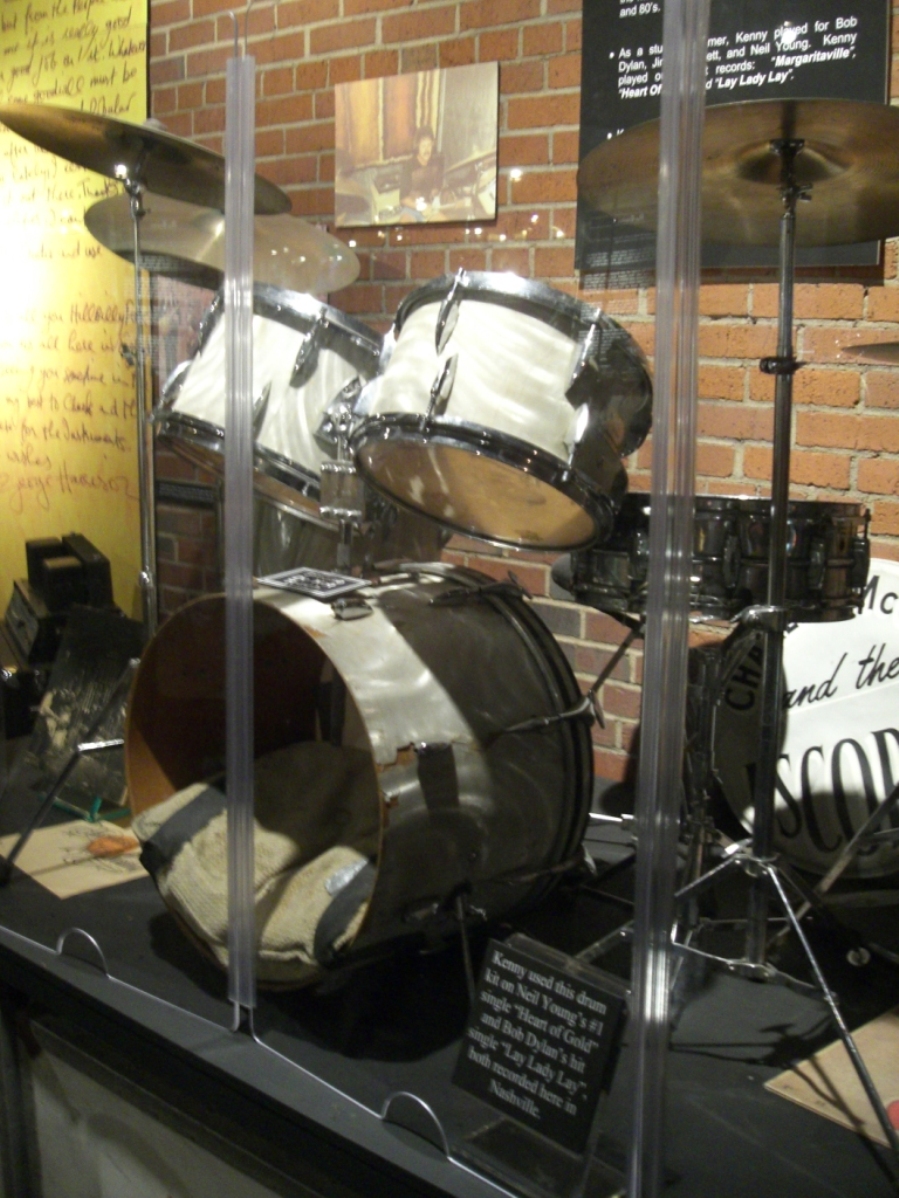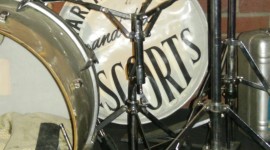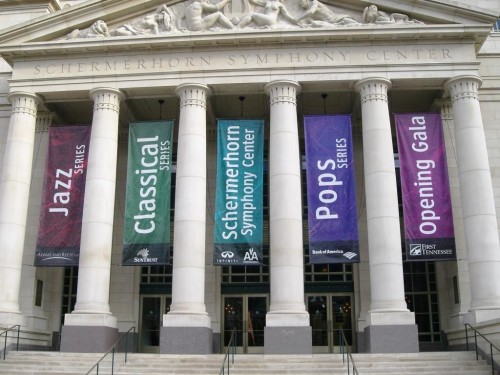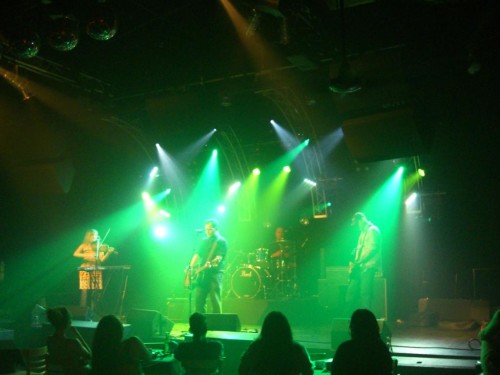What would you expect to see in a musicians’ hall of fame? If the household names of the world’s leading recording artists and performing headliners come to mind, think again. Nashville’s Musicians Hall of Fame is all about the players behind the music: The sidemen, the supporting cast, the backing bands. Not the stars, the musicians. The words are not always synonymous.
As a keyboard player I could no more fly to the moon than I could front a band, I stand (or usually, sit) somewhere in the back, in awe of the lead singers — the front- men and women who engage the audience and hold the stage as solo artists. But those guys get their due, and more. At the Musicians Hall of Fame, the limelight shines on the musicians who, like me, play supporting roles with an occasional solo thrown our way.
In Your Bucket Because…
- You love the music of the 50s, 60s, and 70s.
- You’re into pop culture trivia.
- Good for music fans of all pop genres, from jazz to country to rock, and more.
The museum reopened in 2013 after a three-year hiatus: In 2010, it was forced to move out of its former home to make room for Nashville’s new convention center. The exhibits were packed away into storage while the owners searched for a new home. Unfortunately, the storage facility was within flooding distance of the Cumberland River, and many of the instruments were damaged in the floods of May, 2010. However, about 96 percent of the instruments were able to be restored.
In 2013, the museum, finally moved into its new home in the first floor of the Nashville Municipal Auditorium. It’s a fitting location: the Auditorium is a historic music venue that has hosted great acts like the Rolling Stones and Bob Dylan.
Nashville: More Than Country Music
Nashville will forever be linked with country music, but its moniker isn’t “Country Music City” — it’s “Music City,” plain and simple, and there’s a reason for that. Sure. there’s the Grand Ole Opry, and Ryman Auditorium, and the Country Music Hall of Fame, and the sounds of steel guitars spill out of bars and into the streets at all hours of day and night. But Nashville is also home to one of America’s top Grammy-winning classical symphony orchestras, and songwriters from all genres flock to the famed Bluebird cafe to strut their stuff. Scores of hit mainstream songs such “Dust In The Wind” (Kansas), “Heart Of Gold ” (Neil Young), and “Lay Lady Lay” (Bob Dylan) were recorded here.
Music City’s iconic music attractions bring in visitors from all over the world. Downtown hotels are decorated with music themes. Tourists can wander from one live music venue to another, and vary their bar-hopping with visits to Hatch Show Prints (vintage music posters from the oldest printer in America), Gruhn Guitars (collectible guitars), the Ernest Tubb Record Shop (and yes, that means LPs), and RCA’s iconic studio B where Elvis recorded dozens of his classic songs.
The Musicians Hall of Fame
There’s no shortage of big names at the Musicians Hall of Fame: When you’ve got Cash’s Guild and Hendrix’s Strat (both restored after the floods of 2010 damaged them, but now ready to be re-exhibited) you show them off. But the heart and soul of the Hall of Fame are the exhibits that celebrate the men (and they were indeed, mostly men) who stood beside and behind the household-name artists of yesteryear: the musicians who could learn a song in five minutes, who could play in any style required, and could give life to a tune with a memorable riff or instrumental hook.
Interestingly, the museum is organized into exhibits that connect the musicians with cities that played pivotal roles in the history of music, including Detroit, Nashville, Muscle Shoals, Memphis and New York. As I walked through each hall, I began to get a sense of the geography of music history: Who worked with whom where, who might have been influenced by which other players. And linking them all together were the back-up groups, with names like the Swampers, the A Team, the Memphis Boys, the Funk Brothers, and the Wrecking Crew who could change grooves, tone, and style as easily as most people change their clothes. They may not have been known to the general public, but they were known to music engineers and producers: According to museum director Joe Chambers, this small group of elite musicians played on 80 to 90 percent of the records made as the recording business grew into its status as pop culture juggernaut in the 1950s, 60s and 70s. Some of them played on literally hundreds of hit and award-winning records; a few became headliners on their own.
History almost seemed to jump out of the exhibits as I moved through the exhibits. The hundreds of instruments of display were played in hit songs and pop anthems by artists as different as Hank Williams Sr. and The Red Hot Chili Peppers and in styles as varied as Motown and Southern Rock. This is, indeed, a celebration of how music is actually made — and a celebration of musicianship. Without the skills of the musicians honored here, popular culture would have sounded very different. Or perhaps, not at all. It’s enough to make an accompanying player like me feel all warm and fuzzy inside.
Practicalities
- The Musicians Hall of Fame and Museum is located at 417 4th Ave. N., Nashville, TN 37201, (615) 244-3263 on the first floor of the historic Nashville Municipal Auditorium. The entrance is on Musicians Way
- Banquet and meeting space is available.
- The museum is open Monday through Saturday, but sometimes closes for private events, so call ahead.






